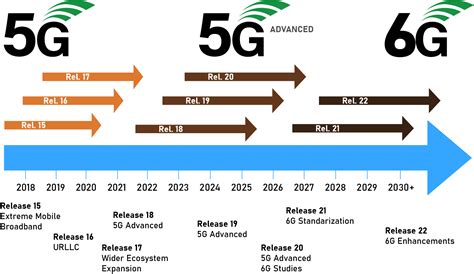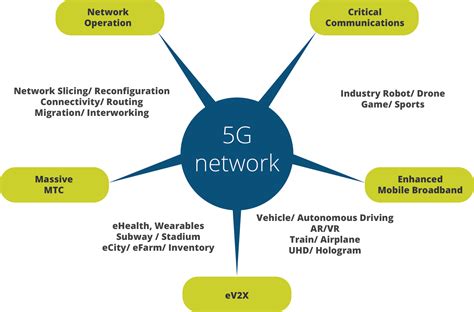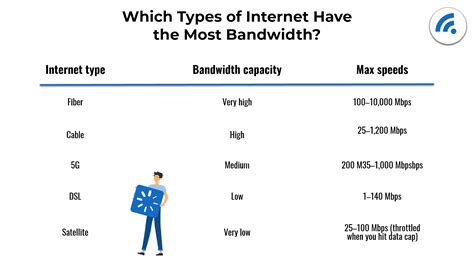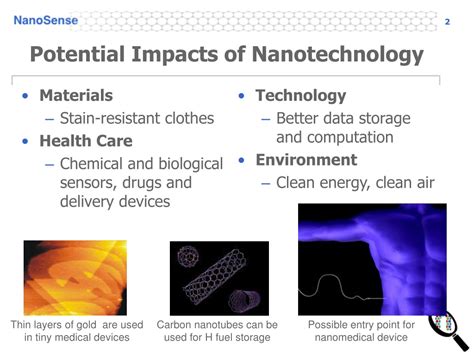Breaking News


Popular News


Explore the transition from 5G to 6G, its speed and bandwidth, future technological advancements, and potential impact on applications and industries.In the fast-paced world of technology, advancements in wireless communication are constantly occurring. With the recent rollout of 5G networks, the next generation of wireless technology, 6G, has already begun to capture the imagination of industry professionals and consumers alike. In this blog post, we will explore the key differences and improvements between 6G and its predecessor, 5G. We will delve into what exactly 6G is, how it has developed from 5G, the potential speed and bandwidth improvements, the technological advancements that enable this new technology, as well as the potential applications and impact on various industries. By the end of this post, you will have a comprehensive understanding of what 6G is and how it differs from 5G, and the potential impact it may have on our future. So, let’s dive in and explore the exciting world of 6G.
Contents

What is 6G?
6G is the sixth generation of wireless technology, succeeding the current 5G technology. It is expected to be the next major advancement in mobile communications, offering even faster speeds, greater bandwidth, and lower latency. 6G is still in the early stages of development, but it is already generating a lot of excitement and anticipation among tech enthusiasts and industry experts.
One of the key differences between 6G and its predecessors is the potential for terahertz frequency communication. This would allow for significantly faster data transfer rates and enable new applications and use cases that are not possible with current technology. Additionally, 6G is expected to leverage advanced technologies such as artificial intelligence, quantum computing, and advanced materials to further enhance its capabilities.
While it is still several years away from widespread deployment, 6G has the potential to revolutionize the way we use and interact with wireless technology. It promises to enable a new era of connectivity, powering innovations in areas such as virtual and augmented reality, autonomous vehicles, smart cities, and more.
| Key Differences Between 6G and 5G |
|---|
| Terahertz frequency communication |
| Integration of advanced technologies such as AI and quantum computing |
| Enabling new applications and use cases |

In the evolution of wireless technology, the development from 5G to 6G marks a significant leap in the capabilities and potential applications of mobile networks. With 5G already revolutionizing the way we connect and communicate, the development towards 6G is expected to bring even greater advancements in terms of speed, bandwidth, and connectivity.
One of the main improvements from 5G to 6G is the speed at which data can be transmitted. While 5G has already brought about impressive speeds, 6G is projected to achieve unprecedented levels of bandwidth and connectivity, allowing for real-time communication and data transfer at an incredibly fast pace.
Furthermore, the technological advancements accompanying the transition from 5G to 6G will open up new possibilities for applications across various industries, from healthcare and transportation to manufacturing and entertainment. As a result, the potential impact of 6G on society as a whole is expected to be profound, shaping the way we live, work, and interact in the future.

When comparing 6G and 5G networks, one of the key differences lies in the speed and bandwidth capabilities. While 5G networks are already known for their impressive speeds, 6G is expected to take this to a whole new level. With 5G, users can currently experience download speeds of up to 10 gigabits per second, but 6G is projected to reach speeds of up to 100 gigabits per second. This means that tasks such as downloading movies, games, or large files will be completed in a matter of seconds, revolutionizing the way we interact with data.
Additionally, the bandwidth of 6G networks is expected to be significantly larger than that of 5G, allowing for a greater volume of data to be transmitted simultaneously. This means that as more devices become connected to the 6G network, the system will be able to handle the increased demand without sacrificing speed or performance. This improved bandwidth will also open up new possibilities for technologies such as virtual reality, augmented reality, and holographic communications, as the network will be able to support the high data requirements of these immersive experiences.
In summary, the speed and bandwidth improvements of 6G over 5G are set to transform the way we interact with data and technology, enabling faster and more immersive experiences for users across various applications.

In the realm of telecommunications, technological advancements are constantly shaping the way we interact with the world. The transition from 5G to 6G represents a significant leap forward, with improvements in speed, bandwidth, and potential applications.
With 6G technology, we can expect even higher data rates, lower latency, and greater reliability compared to 5G. This will enable more seamless connectivity and support a wider range of bandwidth-intensive applications such as augmented reality, virtual reality, and holographic communication.
Furthermore, 6G is also expected to bring about innovations in network architecture, including the implementation of terahertz frequency bands and massive MIMO (multiple-input multiple-output) technology. These advancements will pave the way for a more interconnected and intelligent digital society, where devices, sensors, and machines can communicate and collaborate with unprecedented efficiency and precision.

6G vs 5G: The Differences and Improvements Explained
With the development of 6G technology, the potential applications and impact on various industries are immense. The increased speed and bandwidth that 6G offers could revolutionize the way we use technology in our daily lives. From virtual reality and augmented reality applications to real-time remote surgery and autonomous vehicle communication, the possibilities seem almost endless.
One potential impact of 6G is its ability to support massive Internet of Things (IoT) networks. This could lead to advancements in smart cities, healthcare, agriculture, and environmental monitoring. The improved connectivity and data transfer speeds could enable more efficient and seamless integration of IoT devices, leading to smarter, more sustainable living environments.
Looking at the potential impact on industries, 6G has the potential to transform manufacturing, logistics, and supply chain management. With ultra-reliable low-latency communication (URLLC), 6G networks could enable real-time monitoring and control of industrial processes, leading to increased efficiency and productivity. Furthermore, the high reliability and security features of 6G could pave the way for critical infrastructure and public safety applications.
| Applications | Potential Impact |
|---|---|
| Virtual Reality | Immersive experiences, enhanced entertainment |
| Healthcare | Remote surgery, medical diagnostics |
| Smart Cities | Efficient infrastructure, environmental monitoring |

What is 6G and how does it differ from 5G?
6G is the next generation of wireless technology that is expected to succeed 5G. It is predicted to offer faster speeds, lower latency, and greater capacity compared to 5G.
What are the key improvements of 6G over 5G?
Some of the key improvements of 6G over 5G include faster data transmission rates, enhanced connectivity in remote areas, and the ability to support a larger number of devices simultaneously.
When can we expect to see the deployment of 6G networks?
It is anticipated that 6G networks will start to be deployed commercially around the year 2030, following the widespread adoption of 5G technology.
How will 6G impact the Internet of Things (IoT) and smart devices?
6G is expected to significantly enhance the capabilities of IoT devices and smart technologies by providing them with more reliable and high-speed connectivity, leading to advancements in areas such as autonomous vehicles and smart cities.
What challenges might arise during the transition from 5G to 6G?
One of the potential challenges during the transition from 5G to 6G could be the need for significant infrastructure upgrades to support the advanced capabilities of 6G networks, as well as addressing potential security concerns.
Are there any potential drawbacks of 6G compared to 5G?
While 6G is expected to bring a range of improvements, there may be concerns about the cost of implementation, the impact on existing technologies, and the potential for increased energy consumption.
How will 6G impact industries such as healthcare, manufacturing, and entertainment?
The enhanced capabilities of 6G are anticipated to revolutionize various industries, leading to advancements in telemedicine, smart manufacturing, immersive entertainment experiences, and more.